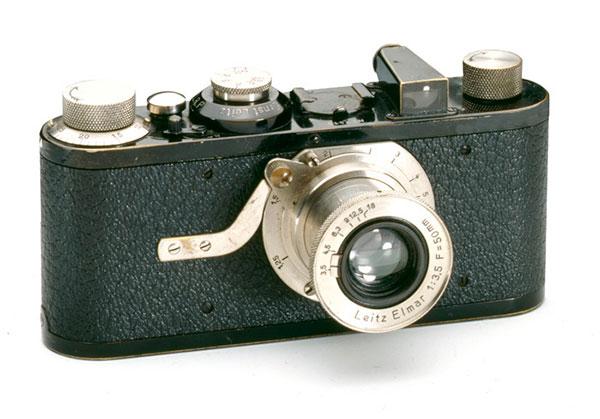John Wade
|
Aug 19, 2015
|
Jul 13, 2015
|
Jan 23, 2015
|
Sep 05, 2014
|
Jul 08, 2014 |
First Published: Jun 01, 2014
|
Feb 07, 2014 |
First Published: Jan 01, 2014
|
Nov 15, 2013 |
First Published: Oct 01, 2013
|
Aug 27, 2013 |
First Published: Jul 01, 2013
|
Mar 07, 2013 |
First Published: Feb 01, 2013
|
Jan 15, 2013 |
First Published: Dec 01, 2012











